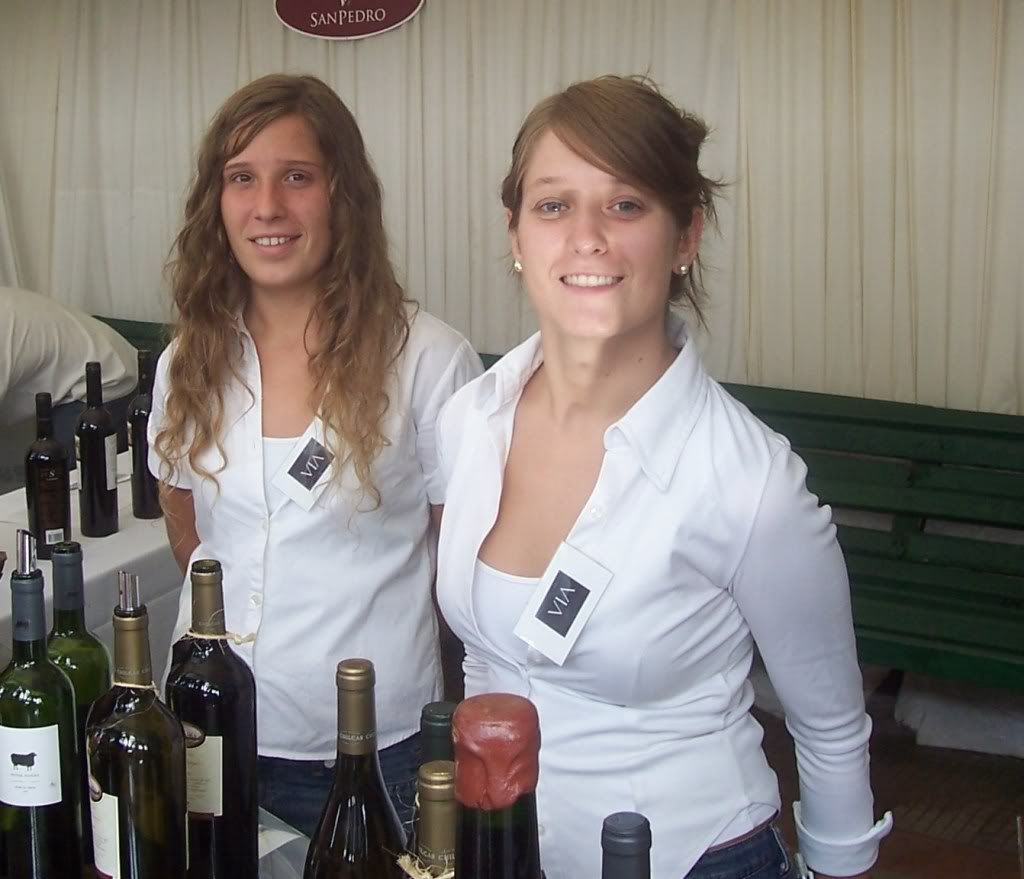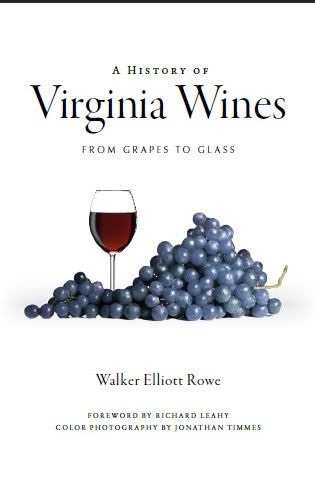
Jeff Waldon, Executive Director of the Conservation Management Institute of Virginia Tech, made a presentation at the Virginia Biofuels seminar on August 5th on how warm seasons grasses can be used as fuel for boilers. As we will see not all research into biofuels calls for turning switch grass and other warm season grasses into diesel fuel. As Mr. Waldon explained they can be used directly as fuel at a lower cost per BTU than natural gas, oil, or coal and burn cleaner too emitting less sulfur and mercury.
Warm season grasses are those that—as the name implies—grow when the weather is warm. Orchard, rye, and fescue grasses grow hardly at all in the heat of summer saving their growth cycle for the spring and fall. You can easily see this when you observe that farmers bale their hay in the spring and fall. Contrast that with warm season grasses like switch grass, perl millet, sudan grass, and sorghum that grow in the heat of July and August, some of them growing with very little water at all.
In his presentation Mr. Waldon mentions some things which are obvious and some that are new. Prices for fossil fuel are increasing and prices for corn, soybeans, and wheat are spiraling upward. The "Green power market is growing". And Congress is moving toward tax breaks for renewable fuels and for caps on carbon dioxide emissions saying "the mood in Congress is borderline psychotic". Grasses help with green house grasses because plants take carbon dioxide from the air and as their roots decay they put that carbon into the soil. Carbon can persist in the soil in the form of humus for dozens, hundreds, or even thousands of years. For this reason farmers can sell carbon sequestration credits to industry who can purchase credits as an offset to the CO2 emissions they vent into the air. All of this spells opportunity for Virginia farmers who can plant grasses in marginal areas that otherwise might not be used for row crops. He says, "We are in a boom cycle now but rural communities are in decline. It would be good to put another cash crop out there."
Mr. Waldon singles out FDC Enterprises Grassland Services as someone who can assist farmers get started with warm season grasses. He says, "They planted over 2,000 acres this past spring" using their industrial planting system." Further, "They uniquely provide a warranty for their work. Their planting success rate is over 98%."
One obvious problem with growing warm season grasses is how to harvest all this tons of stuff. Mr. Waldon says in Iowa, "They use these monstrous square bales. But no one in Virginia is going to buy this size machine." So he mentions two Virginia companies FarmPower and First Source Biofuels that can take round bales of hay, grind them into dust, and then haul it off in tractor trailers.
One facility using warm season grasses is Piedmont Geriatric Hospital in Burkeville, Virginia. They are currently using wood sawdust to fire their boiler but are finding their costs increasing. So they are switching to burning warm season grasses at a potential savings of $500K year. To produce this much fuel requires 1,680 acres of farm land with a planting cost of $600K. Grass is more efficient than sawdust because it has less moisture content. The hospital has some excess fuel now and gave some to Longwood University which is now looking at this system.
Another opportunity for Virginia farmers is Multi-Trade Group which is planning two hardwood fuel pellet manufacturing facilities in Southside, Virginia. The business plans calls for 600,000 tons of warm season grasses per year to fire their dryers which would require 120,000 acres at a $30 million planting costs. Payments to farmers each year will be $48 million.
Continue Reading...











